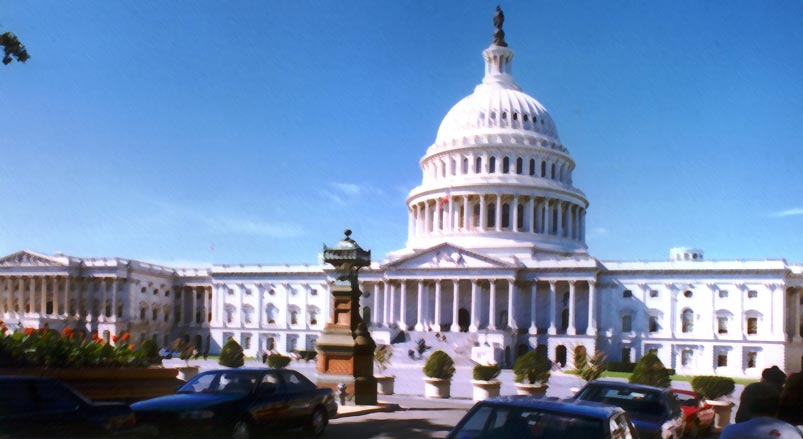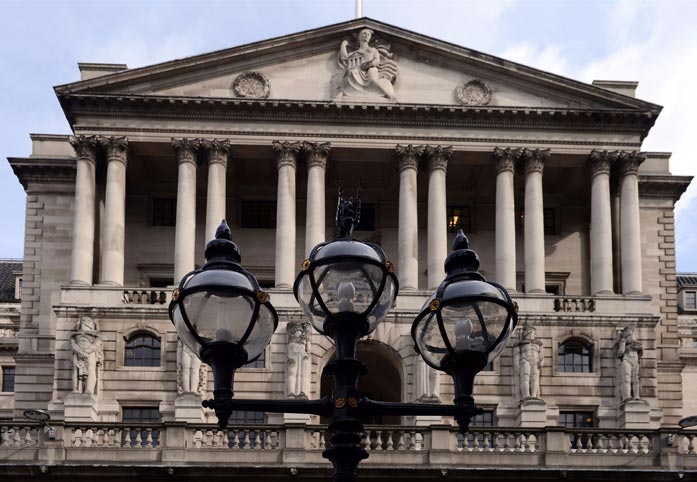The US dollar will almost certainly remain the world’s most important reserve currency for the foreseeable future, as no other offers the same set of advantages to money managers, including central banks, or is as deeply embedded in the global financial system. The primary cost to the US is surrendered competitiveness due to dollar appreciation, but lower interest rates and unrivalled government access to funding bestow considerable benefits, ultimately supporting the sovereign’s ‘AAA’ rating.
The dollar dominates global bond markets, central bank foreign reserve holdings, international trade invoicing and cross-border lending. It is the standard currency used for commodity and other prices, and is the preeminent safe-haven asset and preferred store of value in times of financial turmoil. Crucially, the dollar is underpinned by the fact that the US Treasury market is the world’s largest and most liquid for risk-free assets, and the Federal Reserve operates independently of government with respect to the market, and in implementing policy more broadly.
The dollar’s role is so widespread that its supremacy is self-reinforcing. The additional costs and/or inconvenience of switching to another currency for transactions normally conducted in dollars create a high degree of inertia, making it difficult for other currencies to gain traction.
Calls for the dollar’s displacement were relatively infrequent — though not entirely absent — when US monetary policy was exceptionally accommodative in the aftermath of the global financial crisis. That changed in mid-2013 when the Federal Reserve announced it would begin to slow its asset purchases, causing considerable turmoil in emerging markets (the “taper tantrum”) and appeals to the Fed for greater consideration to be given to the international implications of its policy decisions.
The Fed now appears poised not only to continue with policy interest rate hikes that began in December 2015, but also to consider the pace and magnitude of eventual balance-sheet reductions. Dollar funding is already costlier in markets outside the US, and has been for several years, as reflected in elevated cross-currency basis spreads for several currencies versus the dollar. If they rise further, as they may when Fed balance-sheet reduction draws nearer, there will again be concerns about global stresses associated with Fed tightening and inevitable suggestions that the dollar’s hegemony be somehow curtailed.
Realistic, immediately available alternatives to the dollar are limited. It is important to note, however, that the dollar is not alone either as a reserve currency or in many of its other global roles; it is just the biggest player. Other recognised reserve currencies (tracked by IMF data) are the euro, Japanese yen, pound sterling, Swiss franc, Australian and Canadian dollars
and Chinese renminbi.In most instances, financial markets in countries that have reserve currencies are far too small to pose a threat to the dominance of the dollar. The most obvious candidate to replace the dollar is the euro, given the size and depth of euro-denominated capital markets as well as the credible focus of the European Central Bank on controlling inflation. However, for at least as long as the currency zone is plagued by lingering existential risks amid questions over possible member withdrawals, it will not be in a position to overtake the dollar. The renminbi is growing rapidly in trade settlement, but neither it nor the yen offer truly risk-free assets given their sovereign ratings, and China seems some distance from having an open capital account and fully internationalised currency even if it were rated higher.
The lack of a ready substitute, however, does not mean the dollar’s current position is entirely assured. Perhaps the most plausible scenario for the dollar being meaningfully displaced does not begin with the emergence of a viable alternative, but rather it being undermined at home.
Two pieces of legislation currently working their way through Congress are the Federal Reserve Transparency Act (FRTA) and the Financial Choice Act (FCA). The first would allow the Government Accountability Office to audit the monetary policy decisions of the Fed and make subsequent recommendations for administrative or legislative actions. The second would restrict the Fed’s ability to provide financial sector support to avert or address a crisis, and empower a commission to review and recommend changes to the Fed’s operations, as well as to consider a rules-based rather than discretionary monetary policy framework.
It is the unambiguous intention of these legislative initiatives to curtail the independence of the Fed and allow for greater congressional oversight of monetary policy as well as the Fed’s regulatory decisions and interventions related to financial stability. If implemented, the proposals would diminish the appeal of the dollar as a reserve currency over time. Investors
considering dollar assets and other dollar exposures would weigh the risk of political interference in monetary policy decisions and the possibility of the Fed’s remit being broadened to include congressional priorities such as indirect funding of infrastructure investment. There may also be concerns about episodes of financial sector stress being deeper and more prolonged if the Fed’s policy response options were explicitly limited.Parties in favour of the FRTA and FCA might argue that the risks identified by those concerned about the Fed’s independence — and, incidentally, the dollar’s global role — are, in fact, the purpose of the proposed legislation, and that the overall economic interests of the US would be better served by their implementation. The debate is unlikely to end soon no matter the fate of the FRTA and FCA. Either way, the dollar is set to remain the world’s most important reserve currency, a position it is likely to hold for some time.









